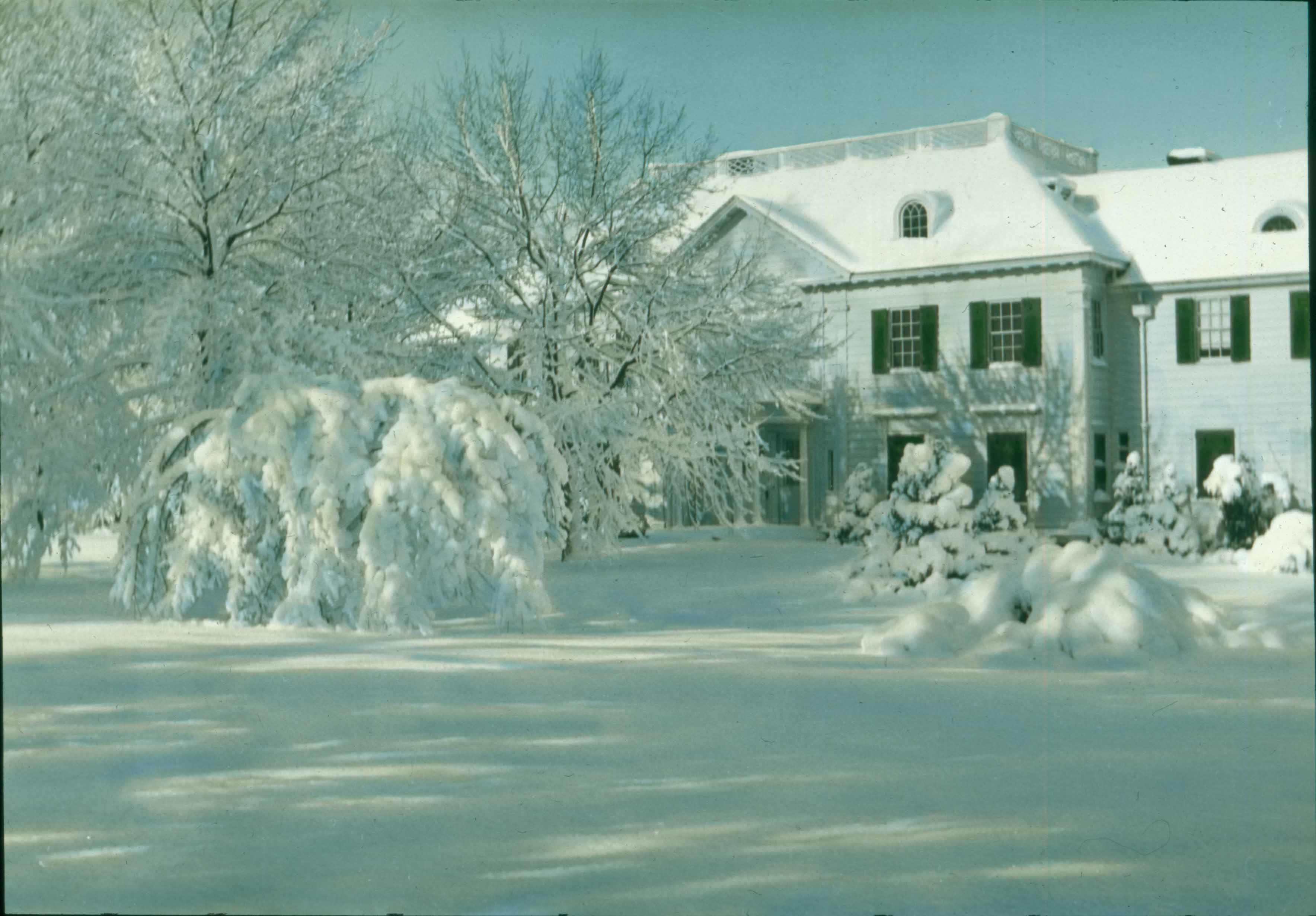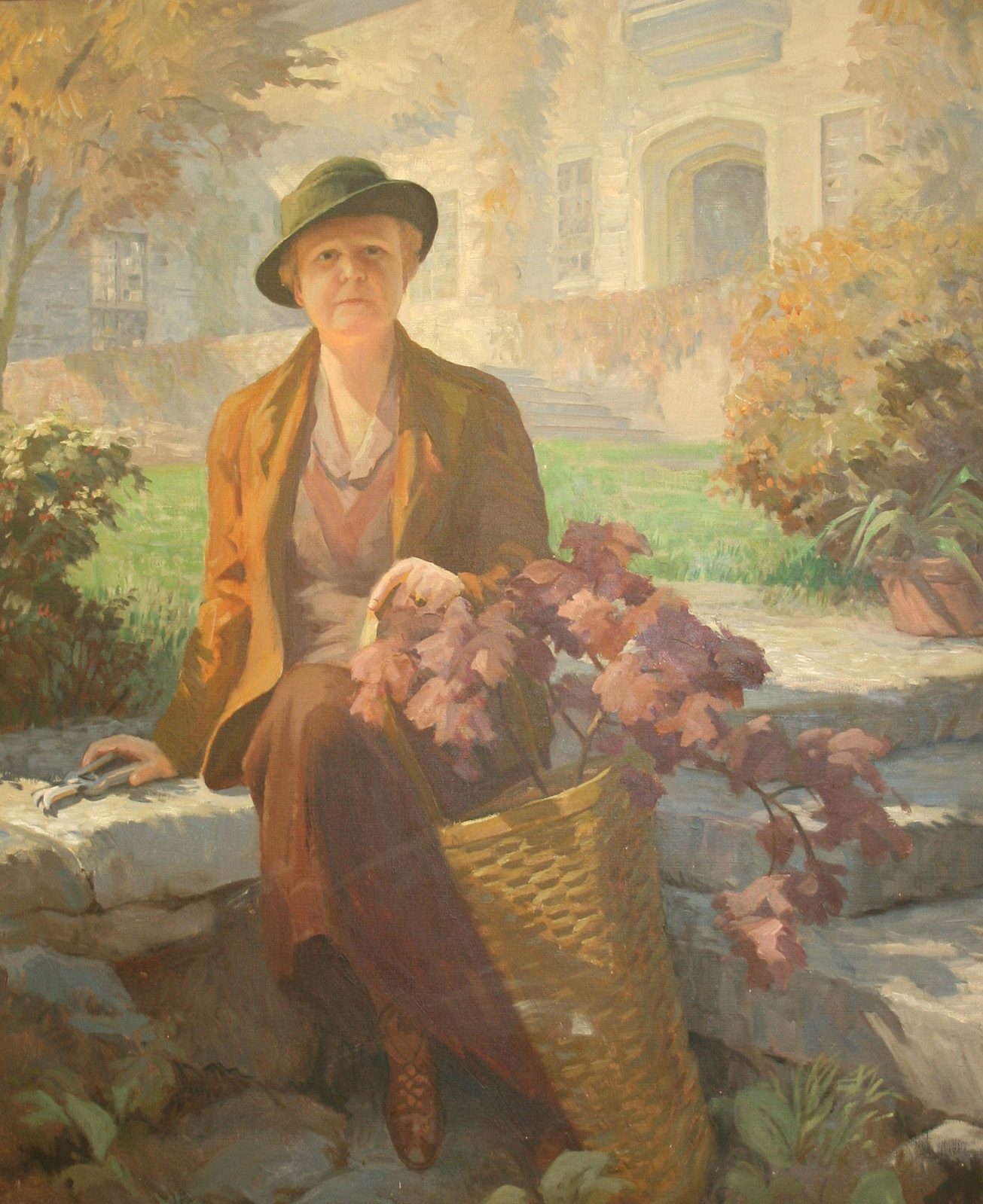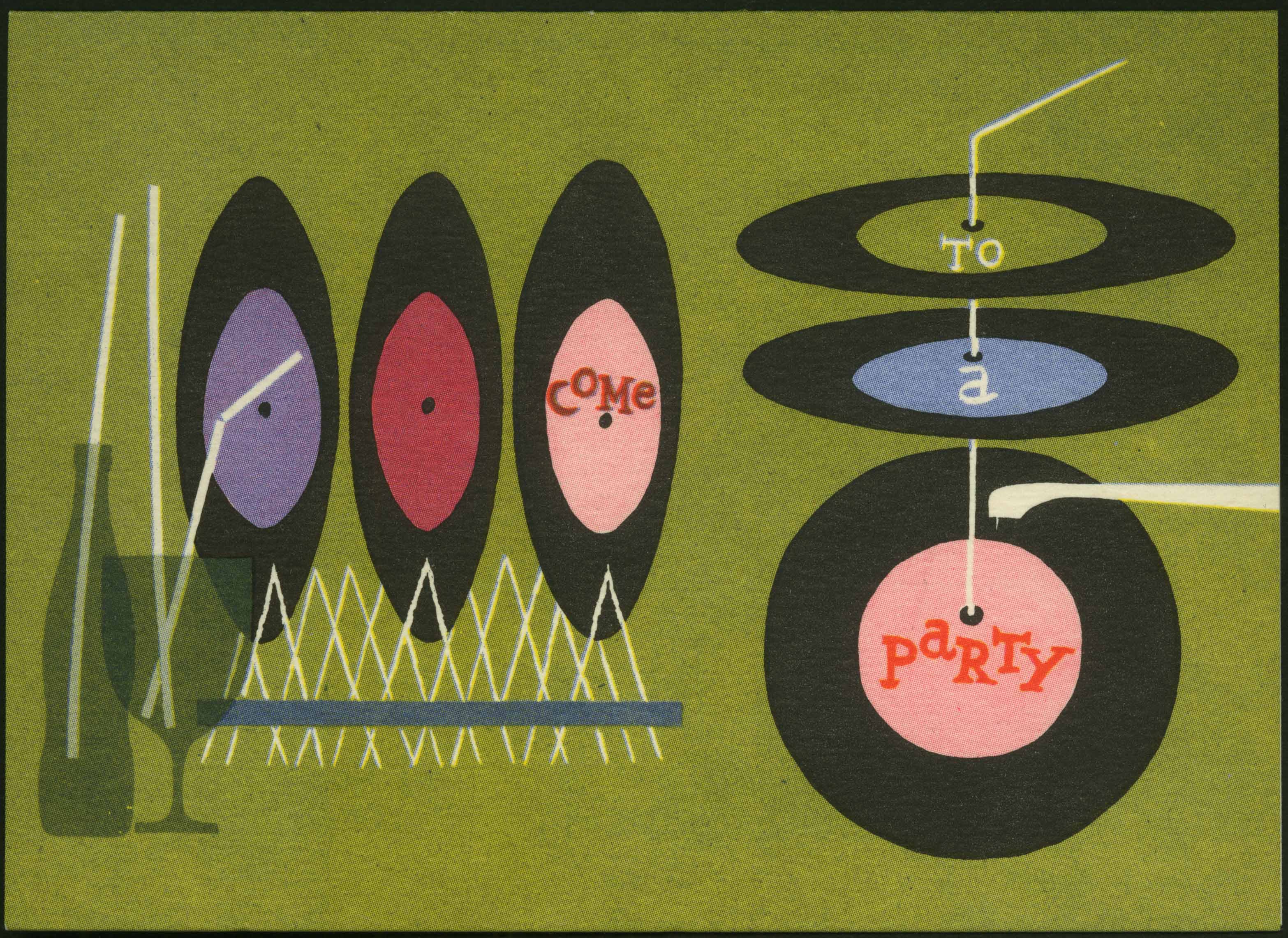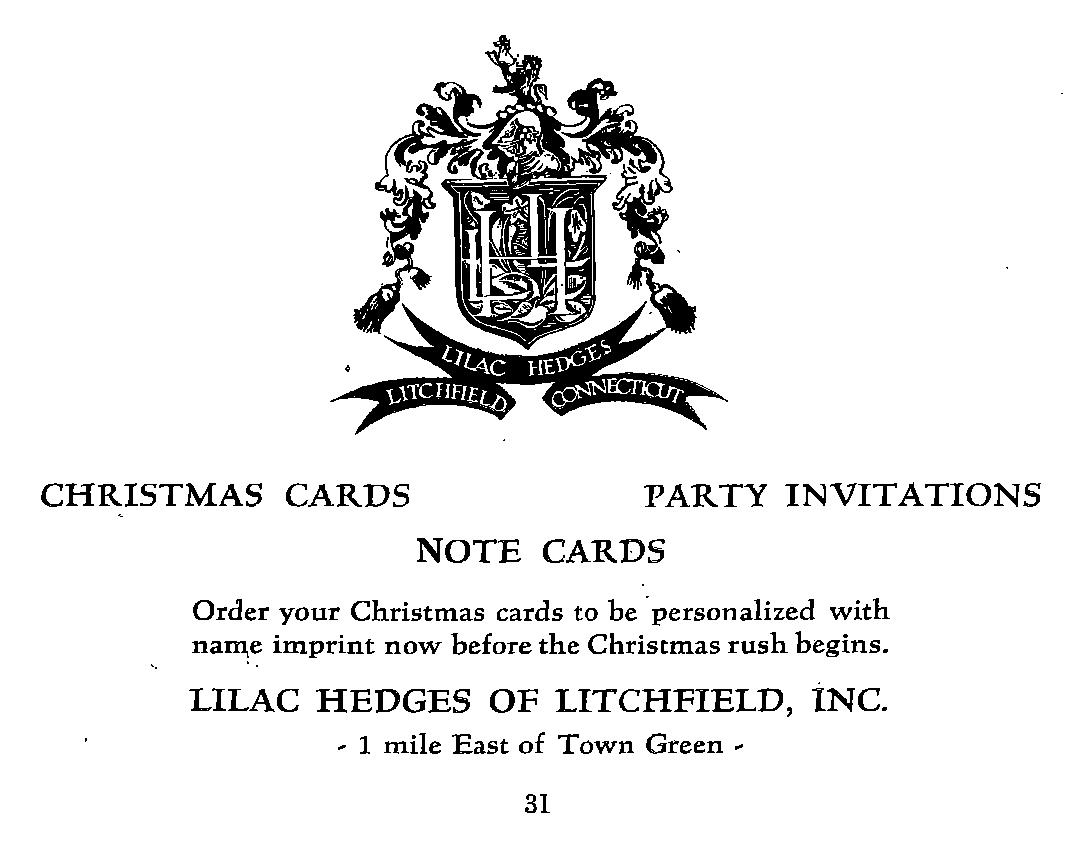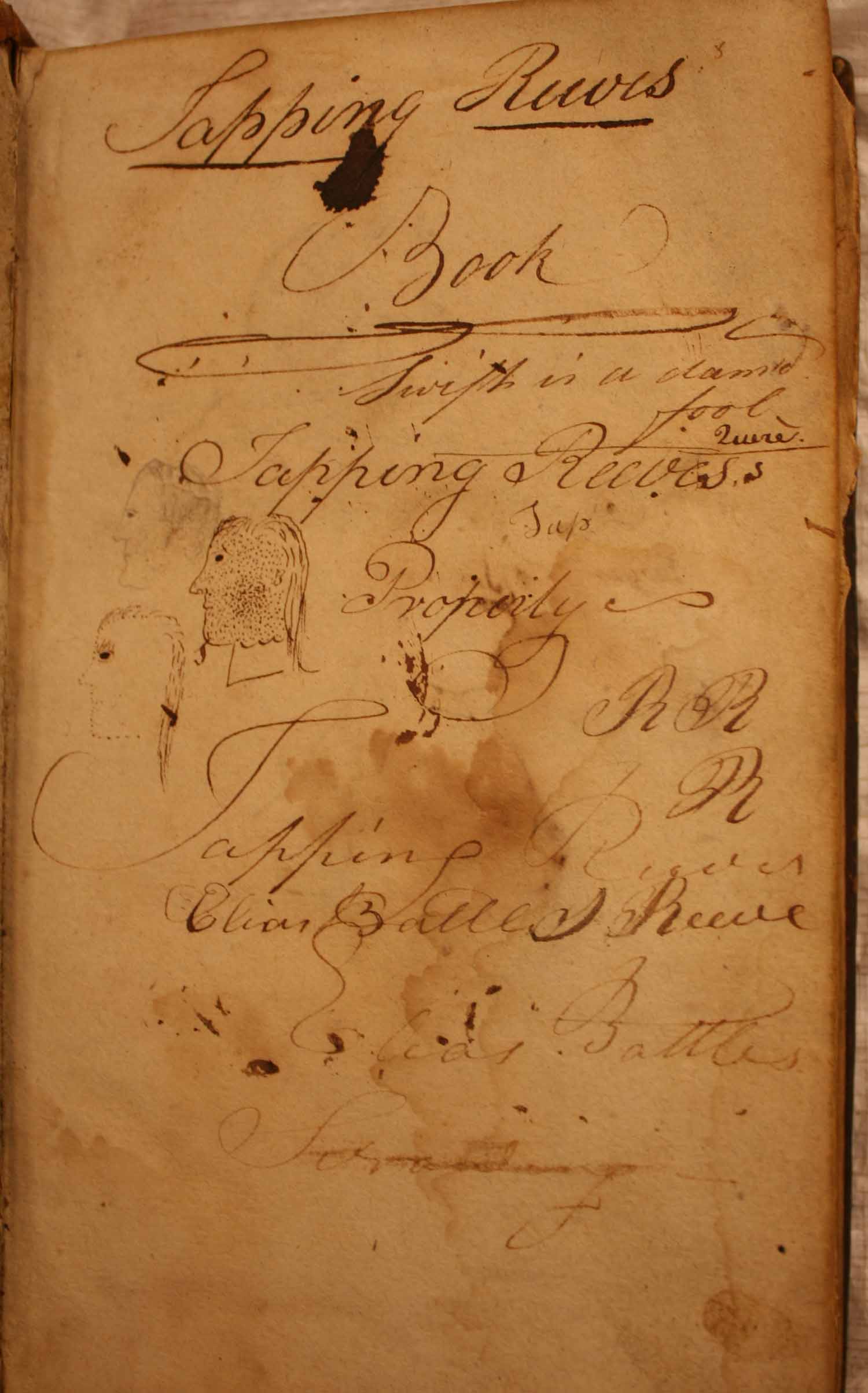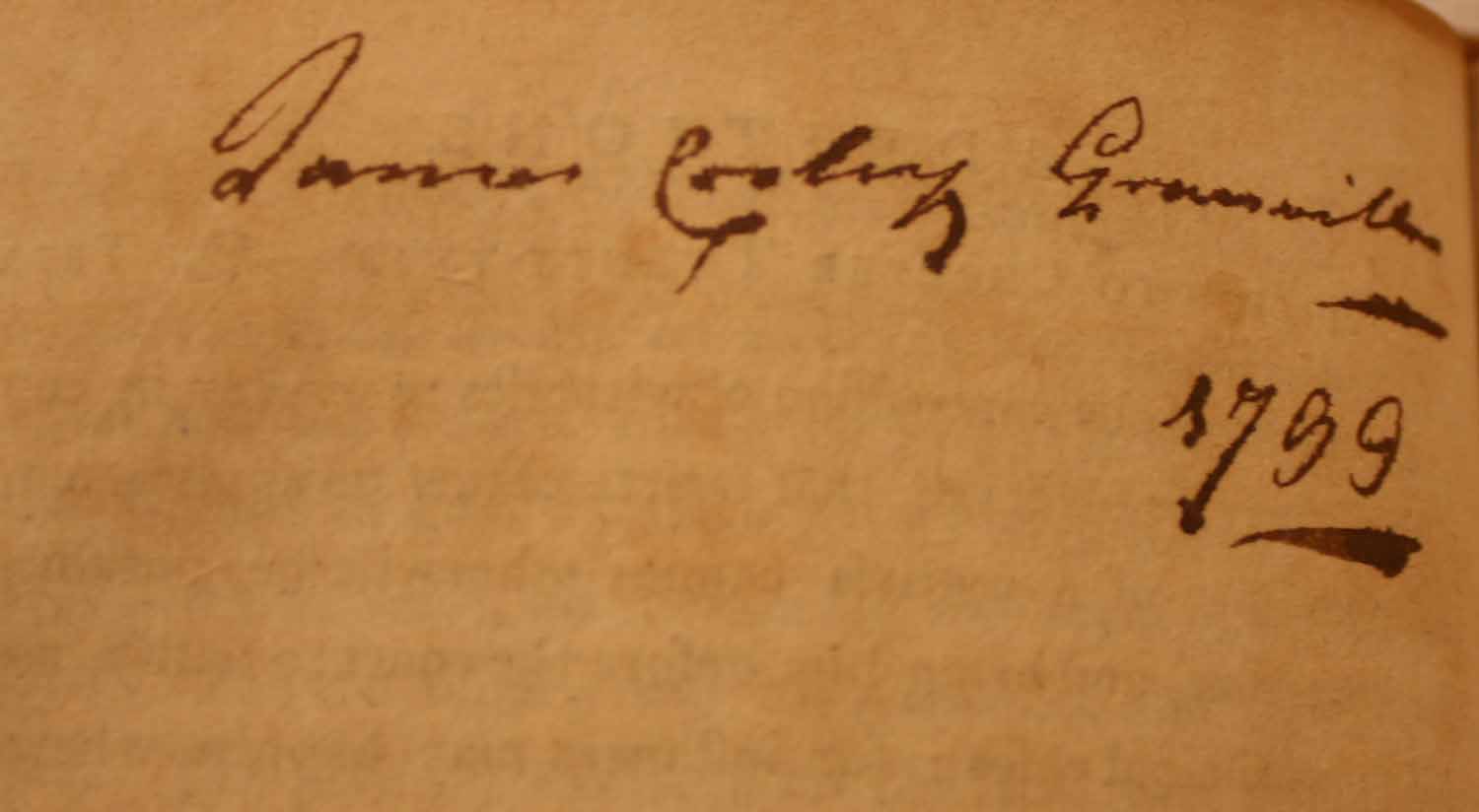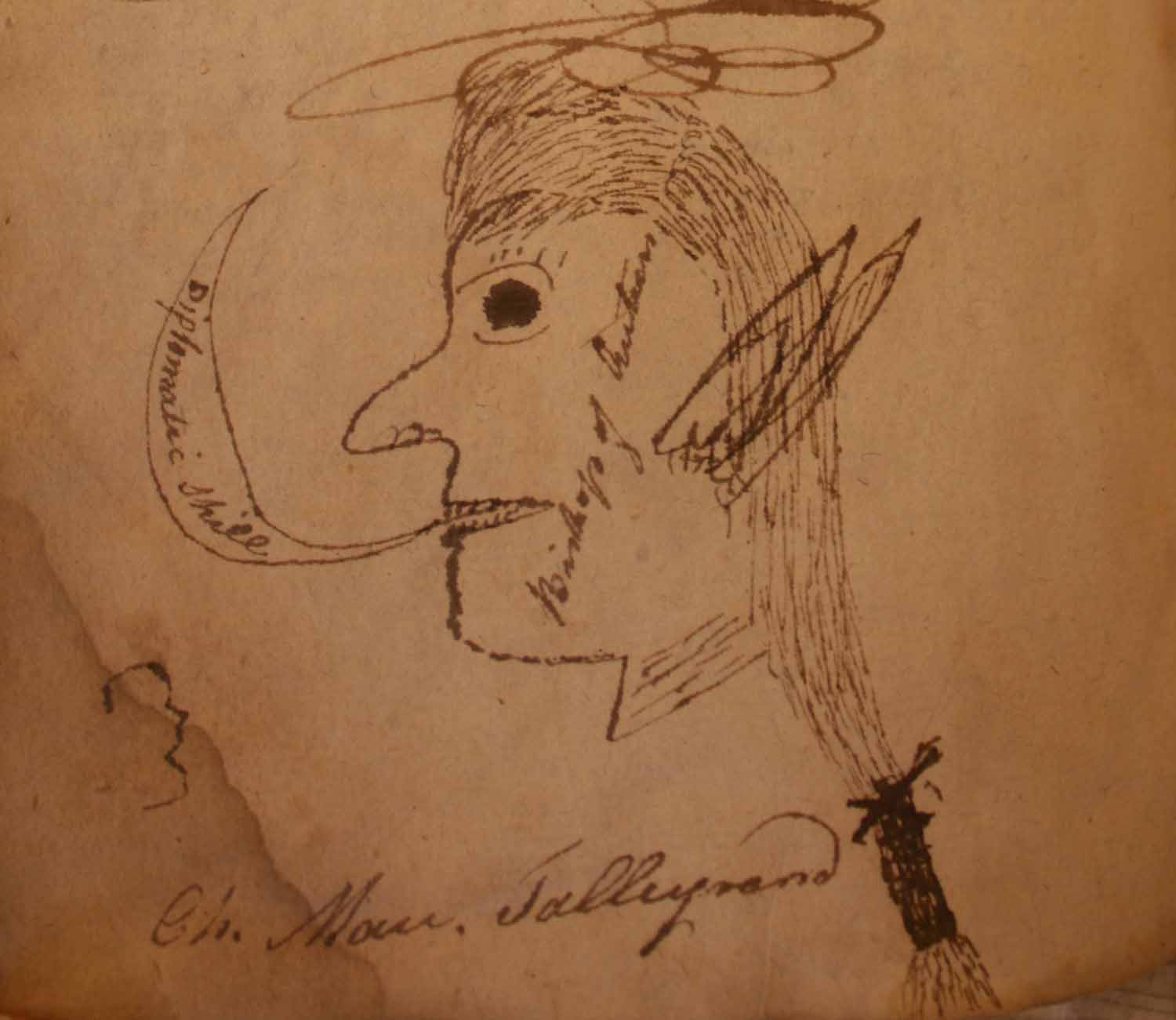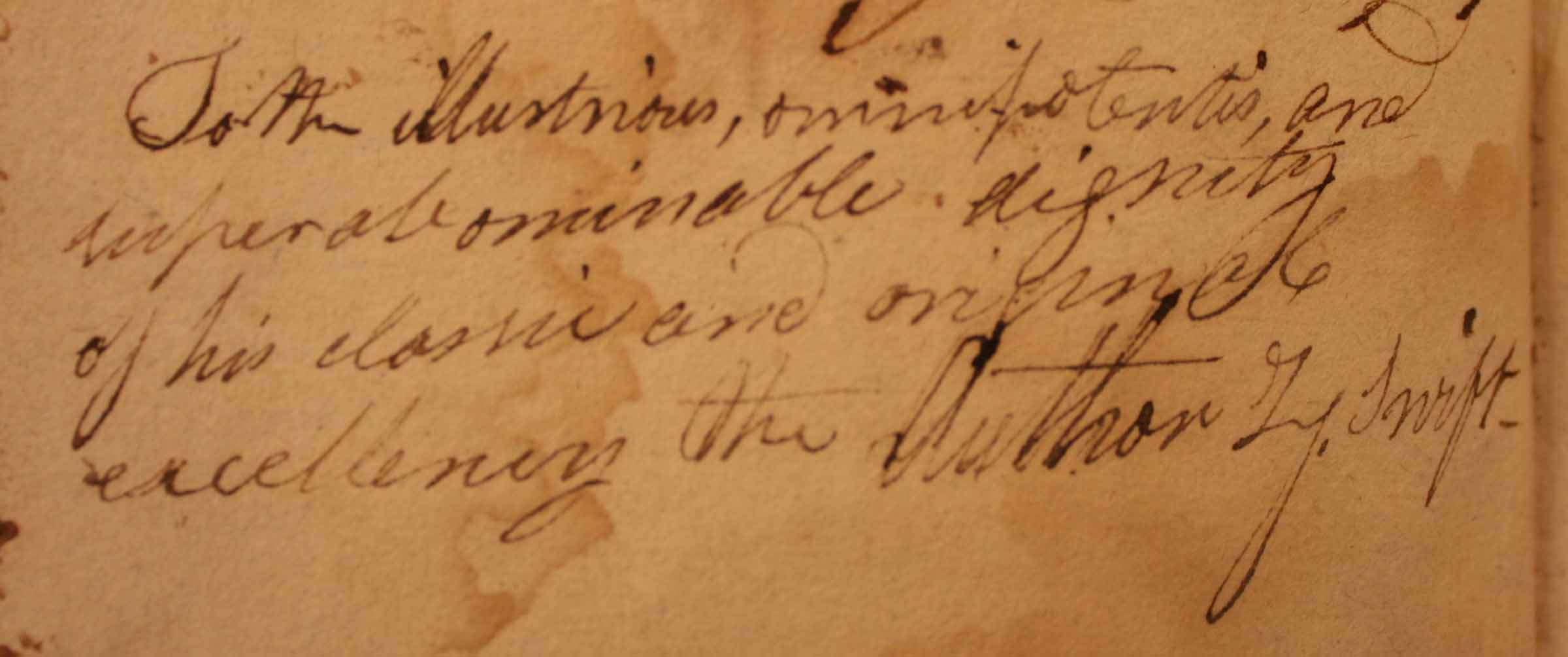We’ve done a lot of work to prepare finding aids for the many collections of papers in the Helga J. Ingraham Memorial Library. We’re still working on those, but have also begun to find ways to provide improved access to our remarkable photograph collections. As part of a Garden Clubs of America project, The Litchfield Garden Club created glass lantern slides to document gardens of members in the 1920s and 30s. This is the only one that depicts a winter scene.
The Towne House (also known as Westover) on South Street was built in 1915 by Henry R. Towne and his wife, Cora Tallmadge Towne. He was the founder and president of the Yale and Towne Manufacturing Company, a very successful lock manufacturing business in Stamford. His wife was a great-granddaughter of Benjamin Tallmadge. It was later owned by Admiral Hussey and his wife, the garden club member responsible for the slide. Richard and Lura Ambler Liggett purchased the house from the Husseys. The Liggetts later built what is now the Lourdes Shrine, where Mrs. Liggett is depicted in the portrait above.
